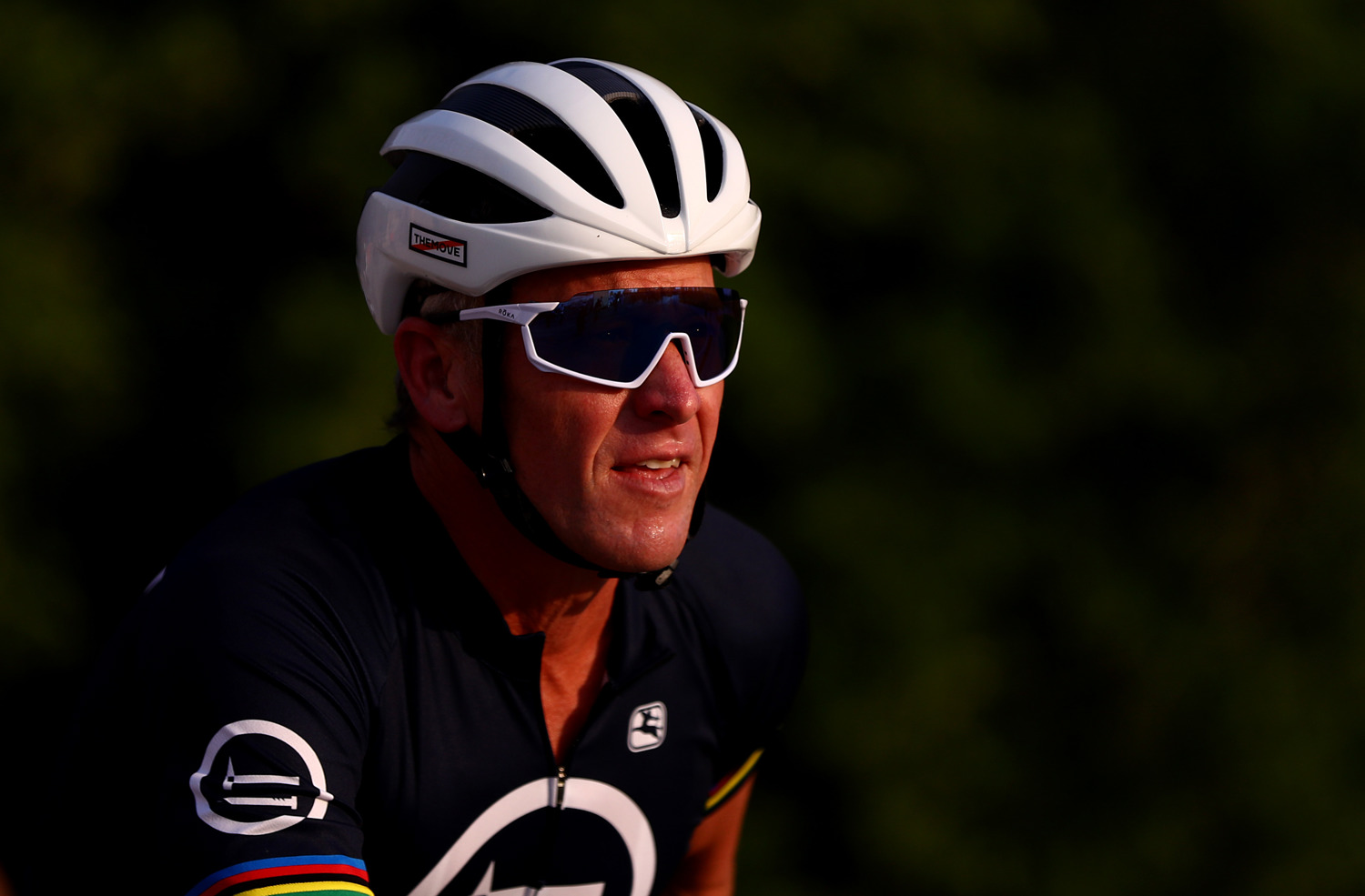Coaches, government agencies, sponsors – even family and friends – are having an influence whether an athlete chooses to dope, according to research from the University of the Sunshine Coast.
Dr Scott McLean, from UniSC’s Centre for Human Factors and Sociotechnical Systems, said the complex web of contributing factors demonstrated in the study, shows that doping prevention needs to move beyond solely targeting and punishing individual athletes.
“If we really want to fix the problem, we need to start looking at the things higher up the system that are driving athlete behaviour.”

Bachelor of Sport and Exercise Science
Exercise scientists use the science of human movement to help people improve their health and fitness, and to prevent common lifestyle diseases.
Funded by the World Anti-Doping Agency (WADA), the researchers found the relationship between athletes, coaches, and medical staff to be particularly persuasive in shaping their individual views on doping.
But financial pressures, sponsors, perceptions of opponents and teammates, media pressure and belief in the competency of sporting bodies and anti-doping agencies were also influential.
“The classic example is Lance Armstrong. His use of performance-enhancing drugs saw him stripped of titles, medals and banned from cycling. And he deserves to be held accountable,” Dr McLean said.
“But if you removed Lance Armstrong from that international cycling system of the late 90s and early 2000s and replaced him with another rider, would that rider have been able to dope? Of course they would, because that system at that time enabled it.
Lead author Dr Mitchell Naughton from the University of Newcastle said in some extreme cases, the pressure to dope can even come from the very organisations put in place to prevent it.
“There are very strong incentives to dope. Doping may even seem a rational choice for an athlete, as has been described in the literature,” said Dr Naughton who led the research while part of the UniSC Centre for Human Factors and Sociotechnical Systems.
“Personally, I found the unravelling of the state-sponsored doping efforts which were led by the Russian Anti-Doping Agency (RUSADA) fascinating. It involved efforts from the highest levels of government as well as the state-backed security apparatus.
“It really exists as a clear example of how a system, which is supposedly designed to catch dopers, can be leveraged for illicit ends to facilitate doping and cover up positive tests.”
The true prevalence of doping in sport remains one of the great unknowns, which Dr Mclean notes is another challenge facing efforts to combat it.
“Nobody knows for sure. In WADA’s lab-tested samples, it's reported at less than 2 percent of athletes dope.
“However in research that asked athletes anonymously about doping behaviours, the results indicate around 50 percent of athletes surveyed admit to doping,” Dr McLean said.
If doping still persists through reactive ‘catch and punish’ methods put in place to stop it, then a fresh approach is needed.
Dr Naughton believes the actors, influences and pressures identified in this study offer a starting point to do that.
“The challenge is finding the right interventions, to leverage the kind of system-wide changes in attitudes and behaviours that are necessary to eliminate doping.
“We can use systems thinking-based methods to identify leverage points which could, theoretically, maximise the potential of anti-doping interventions.”
Media enquiries: Please contact the Media Team media@usc.edu.au



